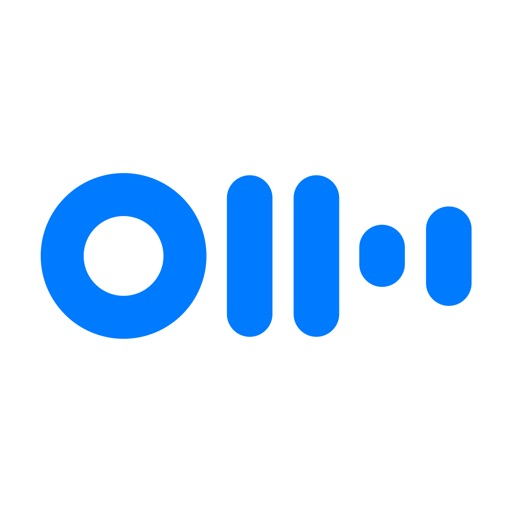
Liang says building a system like Otter’s wasn’t possible before. Broadly speaking, this is like the voice equivalent to facial recognition, with the voice print being used to identify the speaker going forward. To identify when someone else starts talking, AISense uses a technology called diarization to separate each individual speaker it then generates a voice print for each person’s voice. The company is not using existing speech recognition APIs, because they wanted to improve the accuracy, and optimize for multiple speakers, says Liang. The entire technology stack, including speech recognition, was built in-house. The data Otter creates is stored in an encrypted format in the cloud. You can also share the recording with others right from the app. The voice conversation is recorded, then made available for playback with the audio synced up with the transcribed text. To use the app, there’s nothing you have to do beyond pressing the “record” button. Today, this is possible through Otter’s new mobile app for iOS and Android, as well as a web interface that also supports file uploads for instant transcriptions. – and turn them into a searchable archive where everything said is immediately transcribed by AISense’s software.

With Otter, the goal is to capture those conversations – meetings, interviews, lectures, etc. “It usually involves at least two people, and the people could talk for an hour. “Human meetings are much more complicated,” Liang says.

They also often ask shorter questions, like “what’s the weather?,” not carry on long conversations. “Google’s voice API has been trained to optimize voice search,” he says, adding that when people talk to voice assistants, it’s typically only one person talking and they tend to speak more slowly and clearly than usual. “The existing technologies are not good enough for human-to-human conversations,” explains Liang. This is a different sort of voice technology than what’s been developed today for voice assistance – as with Alexa or Google Assistant. The idea to create a new voice assistant focused on transcribing everyday conversations – like meetings and interviews – comes from Sam Liang, the former Google architect who put the blue dot on Google Maps, then later sold his next company, location platform Alohar Mobile to Alibaba.Īlong with a team that hails from Google, Facebook, Nuance, Yahoo, as well as Stanford, Duke, MIT and Cambridge, Liang’s new company AISense has been developing the technology underpinning Otter over the past two years.Įssentially, a voice recorder that offers automatic transcription, Otter is designed to be able to understand and capture long-form conversations that take place between multiple people. An app called Otter, launching today, wants to make it as easy to search your voice conversations as it is to search your email and texts.


 0 kommentar(er)
0 kommentar(er)
